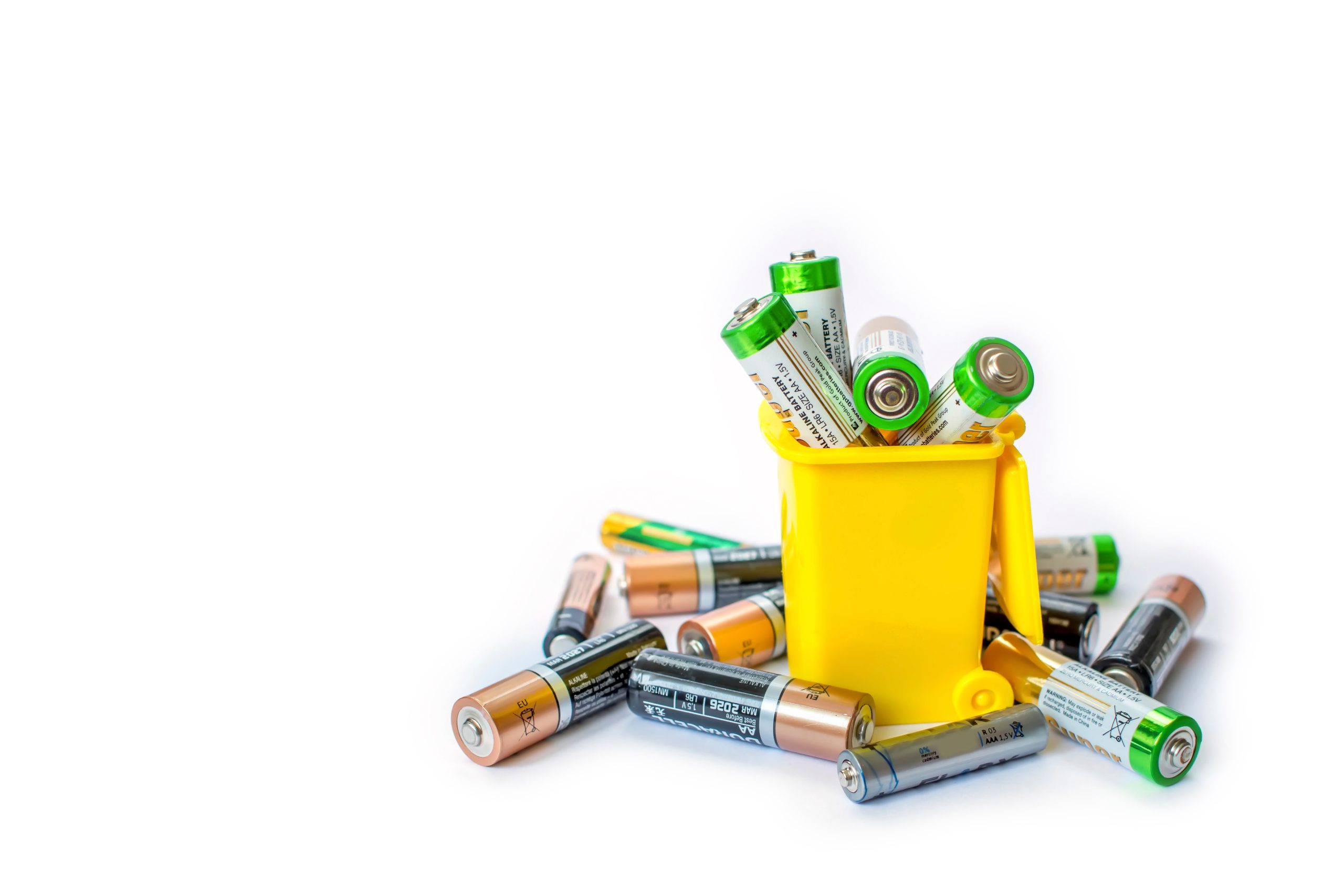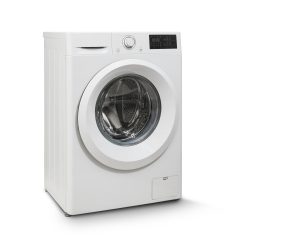The Battery Ordinance – what is changing?
The European Union has recently adopted the new EU Battery Regulation, governing the handling of batteries and accumulators across the entire EU. This legislative change has far-reaching implications for various companies and industries. The EU Battery Regulation mandates various requirements and obligations that manufacturers and importers of batteries and accumulators must adhere to. The key aspects include:
1. Design and Labeling of Batteries and Accumulators:
The regulation mandates a minimum of 30% recycling content for newly manufactured batteries. Additionally, they must be labeled with capacity, “hazardous substance content,” and a “crossed-out waste bin symbol.”
2. Registration and Reporting Obligations:
Manufacturers and importers must register with a national registration authority and annually report on the quantity of batteries and accumulators placed on the market, as well as the collection and recycling rates of their batteries.
3. Take-Back, Collection, and Recycling of Used Batteries:
Manufacturers and importers are obligated to take back used batteries and accumulators from consumers and ensure their proper collection, treatment, and recycling.
4. Information Requirements:
Manufacturers and importers must provide consumers and other actors in the value chain with information on the proper disposal of used batteries and the significance of battery labeling.
Compliance with the EU Battery Regulation is crucial for the companies involved, as non-compliance can lead to penalties and fines. Companies should carefully review the regulation and seek support from competent legal advisors.
The new EU Battery Regulation brings numerous changes and requirements for companies in the battery industry and beyond. Here are the key changes summarized:
1. Two additional battery types are included in the new EU Battery Regulation, resulting in a total of five battery types:
– Conventional device batteries
– New: Batteries for light transport (e.g., e-bikes) as a new battery type
– Vehicle batteries for starting, lighting, and ignition of vehicles
– New: Traction batteries for the propulsion of electric cars and other road vehicles
– Industrial batteries for energy storage and powering industrial vehicles
2. Increased Collection Targets:
For example, collection targets for batteries for light transport until 2028 are raised to 51%, and until 2027, collection targets for device batteries are increased.
3. Goals:
New batteries must consist of the following proportions of recycled materials: 16% cobalt, 85% lead, 6% lithium, and/or 6% nickel.











